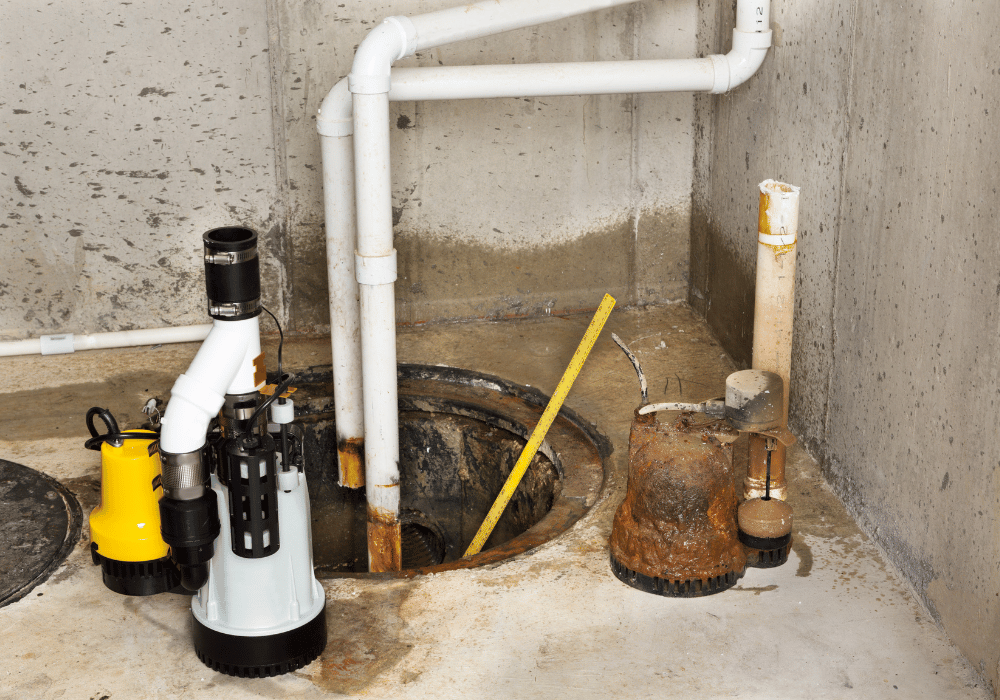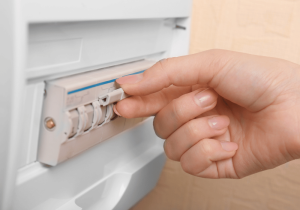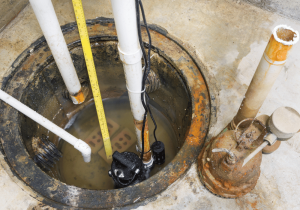What to Do If Your Sump Pump Fails During Heavy Rain

A sump pump is the unsung hero of home protection, working around the clock to keep your basement dry and prevent water damage to your home’s foundation. But what happens when heavy rain overwhelms your system, or worse, your sump pump suddenly fails? Knowing how to respond in these moments can make all the difference, limiting water damage and safeguarding your home. This blog will walk you through what to do if your sump pump fails during heavy rain—covering immediate actions, safety measures, troubleshooting, and maintenance tips to ensure you’re fully prepared.
Immediate Actions to Take When Your Sump Pump Fails
If water is rising and your sump pump isn’t doing its job, time is of the essence. Here’s what you should do immediately:
 1. Turn Off Electricity to Flooded Areas
1. Turn Off Electricity to Flooded Areas
Water and electricity are a dangerous combination. The first thing to do is safely shut off power to the affected area to avoid electrocution. If your electrical panel is in the basement, do not attempt to access it if the area is flooded. Instead, contact an electrician for assistance.
2. Use a Backup Pump or Manual Method
If you have a backup sump pump (e.g., a battery-operated or water-powered pump), activate it immediately. If no backup pump is available, use buckets, mops, or a wet/dry vacuum to manually remove water. While physically demanding, this can help minimize damage until further solutions are in place.
3. Relocate Valuables
Move furniture, electronics, and other valuables to a dry area as quickly as possible. This will help prevent further property damage and reduce the costs of recovery.
Safety Comes First in a Flood
During a sump pump failure, safety is crucial. Water damage can lead to a range of hazards, so protecting yourself and your home is top priority.
1. Avoid Standing Water
Standing water can be a breeding ground for bacteria and mold. Avoid wading through it if possible, and always wear waterproof boots and gloves if you must step into the flooded area.
2. Watch Out for Contaminated Water
Floodwater may mix with sewage due to overwhelmed drainage systems. Avoid contact with this water to prevent health risks.
3. Ensure Proper Ventilation
If your basement is flooded, open windows and doors to keep the area ventilated. This helps reduce humidity and minimizes the chances of mold growth.
Troubleshooting Your Sump Pump
Once immediate dangers are mitigated, it’s time to figure out why your sump pump isn’t working. Common problems include:
1. Power Issues
Often, sump pump failures are due to power outages during storms. If this is the case, consider switching to a battery-operated backup pump or running the primary pump on a generator.
2. Clogged Drainage Lines
Debris in the discharge line can obstruct water flow. Disconnect the line and check for blockages. Clear any debris, and ensure there’s no frozen water if the weather is cold.
3. Faulty Float Switch
The float switch, which activates the pump, can sometimes get stuck or fail. Manually inspect the float for obstructions and make sure it’s moving freely. If the switch has failed, it may need to be replaced.
4. Burned-Out Motor
If the pump’s motor overheats or burns out, the entire unit may need replacement. This scenario is best handled by a professional.
5. Improper Installation
Incorrect setup can cause sump pump malfunctions, making it essential to follow installation guidelines provided by the manufacturer.
When to Call a Professional
Although some sump pump troubles can be addressed with DIY solutions, there are situations when bringing in an expert is non-negotiable. Call a professional if:
- Flooding persists despite your efforts. Delayed action could lead to structural damage.
- Your sump pump motor is damaged and needs replacement.
- You identify signs of mold or odour, which should only be handled by certified restoration and mold remediation specialists.
- There’s damage to electrical components, such as a tripped circuit or exposed wires.
- The issue occurs repeatedly, even after attempted repairs. This could indicate a larger underlying problem.
Prevent Future Sump Pump Failures
The best way to handle a sump pump failure is to prevent one from happening in the first place. Here are some tips to keep your system in top shape:
 1. Regular Maintenance
1. Regular Maintenance
Inspect and clean your sump pump every 3 to 6 months. Remove debris from the intake screen, check for wear and tear, and test its operation by pouring water into the sump pit.
2. Install a Backup Pump
Backup pumps, whether battery-operated or water-powered, ensure your system continues to work even during power outages or pump malfunctions.
3. Add a High-Water Alarm
A high-water alarm alerts you when the water level rises above a certain threshold, giving you time to react before flooding occurs.
4. Proper Discharge Line Setup
Ensure your discharge line is unobstructed and positioned far away from your home’s foundation. Adding a grate or mesh screen can prevent debris from causing clogs.
5. Schedule Professional Inspections
Have a plumber inspect your sump pump periodically. They can spot potential issues early and make adjustments before problems arise.
Dealing with a flooded basement and a broken sump pump is every homeowner’s nightmare. By acting quickly, staying safe, and troubleshooting common issues, you can minimize damage and keep your home protected during heavy rain. And with regular maintenance and the right backup measures, you’ll be well-prepared to fend off future failures. Remember, when in doubt, it’s always best to call in the professionals. Investing in preventative care and expert servicing will save you time, money, and stress in the long run. Need help with sump pump maintenance or flood recovery? Reach out to a local professional today and give your home the protection it deserves.
